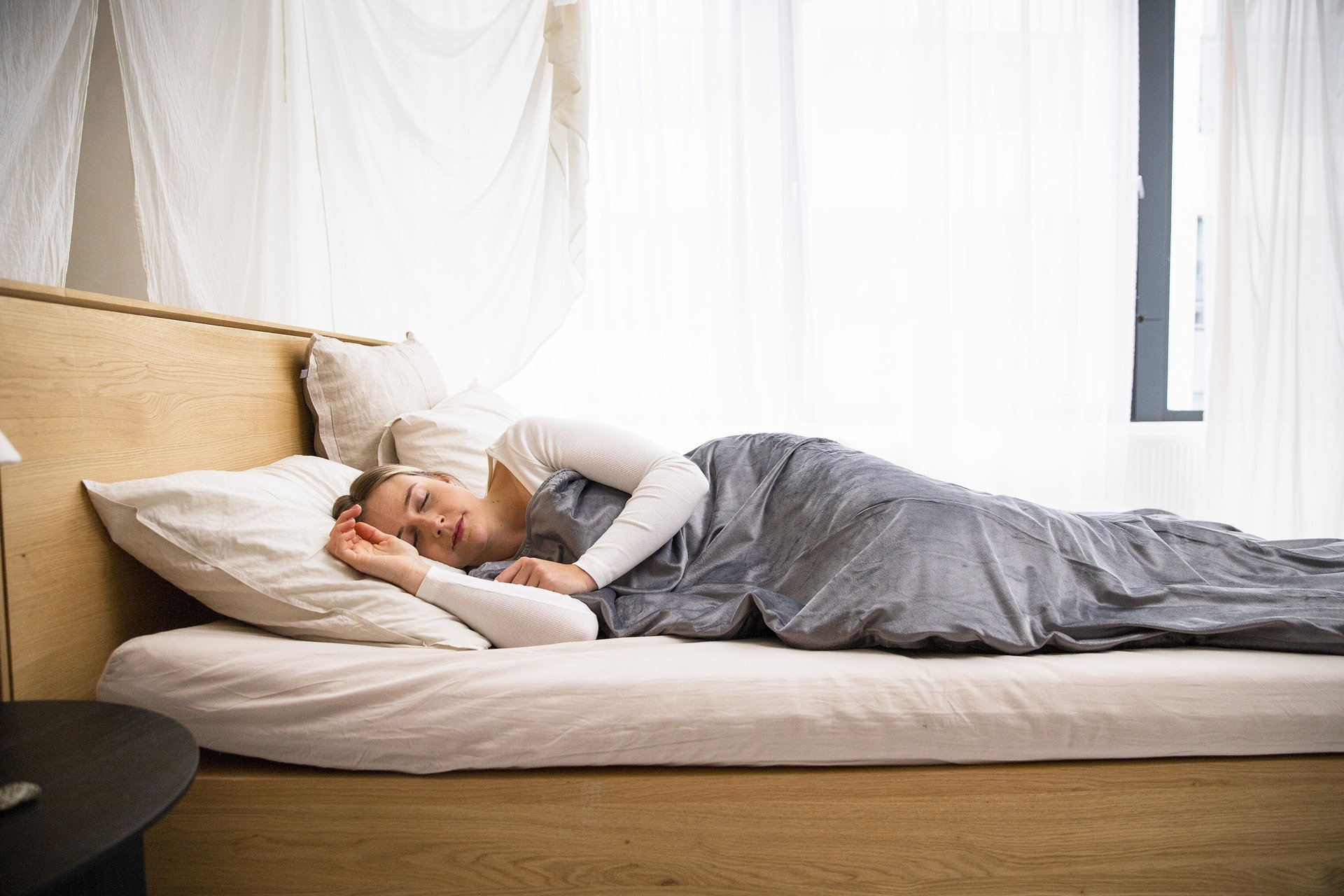Practical layout strategies for restful sleeping spaces
Designing a sleeping space that truly supports rest requires more than just picking a comfortable bed. Thoughtful layout choices around mattress placement, lighting, storage and room flow shape how easily you fall asleep and stay asleep. This article outlines practical strategies that balance comfort, accessibility and visual calm to help create a restful bedroom.
A restful sleeping space begins with deliberate spatial planning that reduces distractions and supports physical comfort. Start by considering how people move through the room, where natural light enters, and how furniture placement influences sightlines and circulation. Prioritizing clear pathways, functional zones and simple organizing solutions helps reduce daily friction and mental clutter—both of which can interfere with nighttime routines and sleep quality. The guidance below focuses on layout decisions tied to sleep, mattress positioning, lighting, storage, acoustics, ventilation, color, and accessibility to create a calmer environment.
How does layout affect sleep?
Room layout influences sleep by shaping light exposure, movement patterns and the sense of safety. Position the bed so it is visible from the door but not directly in line with it, which supports a feeling of control without drawing attention to distractions. Leave at least 60–90 cm of circulation space on each side of the bed when possible to ease nightly movements and reduce bumping into furniture. Create distinct zones—sleeping, dressing, and relaxing—to help your mind associate the bed area with rest. Keep electronics and work-related items out of the sleeping zone to minimize stimulation before bedtime.
Where to place the mattress for balance?
Mattress placement should balance access, views, and thermal comfort. A central placement against a stable wall can reduce drafts and prevent noise from behind the headboard. If windows are nearby, avoid positioning the head directly under a window that may introduce cold air or street noise. Align the mattress so both partners have similar bedside access to lamps and storage. Consider clearance for adjustable bases or under-bed storage and check that the mattress size suits the room dimensions, allowing adequate walking space while maximizing usable sleeping area.
What lighting supports restful sleep?
Layered lighting helps transition from wakefulness to sleep. Use bright overhead lighting for tasks and softer, dimmable bedside lights for evening routines. Warm color temperature bulbs (2700–3000K) are less disruptive to melatonin production than cooler, blue-rich lamps. Install switches that are easy to reach from the bed and consider blackout curtains or blinds to limit early-morning light. Night lights or low-level floor lighting can aid safe movement without causing full wakefulness. Avoid direct glare on the bed or reflective surfaces that can create visual stimulation at night.
How to integrate storage and wardrobe?
Efficient storage reduces visual clutter and speeds nightly routines. Place frequently used wardrobe items within easy reach of the dressing area—this might mean situating a wardrobe or closet near the room’s dressing zone rather than directly adjacent to the bed. Use built-in closets, under-bed drawers, or modular storage to keep the floor clear. Organize clothing by season and use uniform hangers and labeled storage boxes to simplify selection. Keeping surfaces tidy—clear bedside tables, concealed storage for electronics—helps maintain a calm atmosphere conducive to sleep.
How to control acoustics and ventilation?
Acoustics and airflow are critical to uninterrupted rest. Soft furnishings—rugs, upholstered headboards, curtains—absorb sound and reduce echo, making the room feel quieter. If outside noise is an issue, consider thicker window treatments, double glazing, or strategically placed bookcases as sound buffers. For ventilation, allow for cross-breezes where possible and ensure heating or cooling vents do not blow directly onto the sleeping area. Continuous low-level background noise, such as a white-noise machine or fan, can mask intermittent disturbances for some sleepers while keeping the room well-ventilated supports thermal comfort throughout the night.
How do color, bedding, organizing, accessibility help?
Color palette, bedding choices, and accessibility features all contribute to a restful layout. Neutral or muted tones tend to reduce visual stimulation; introduce small accents rather than bold patterns to maintain calm. Choose breathable bedding materials suited to your climate and sleep preferences to regulate temperature. Thoughtful organizing—clear pathways, reachable storage, and bedside essentials arranged ergonomically—improves nightly routines. For accessibility, ensure doorways, switches, and storage heights accommodate mobility needs; simple adaptations like lever handles, lower wardrobe rods, and pull-out drawers can make the room safer and more restful for people with reduced mobility.
Conclusion
A restful sleeping space integrates layout, mattress placement, lighting, storage and environmental controls into a cohesive plan that supports sleep routines and reduces disturbances. Small, targeted changes—prioritizing clear circulation, layered lighting, effective storage, sound absorption and breathable bedding—can significantly influence comfort and sleep quality. Aim for a balanced design that meets practical needs while preserving a calm visual and sensory environment.






